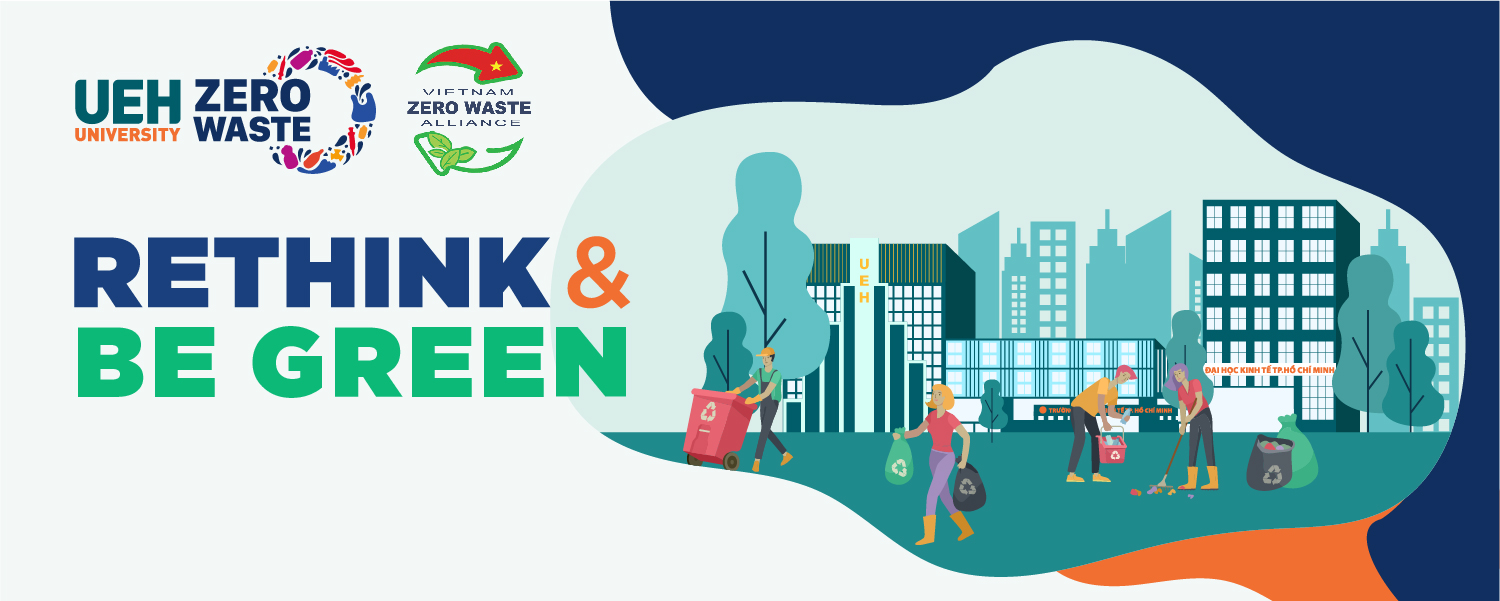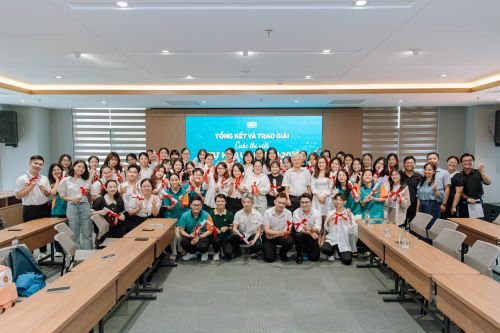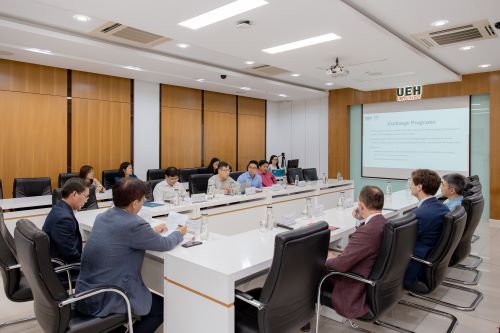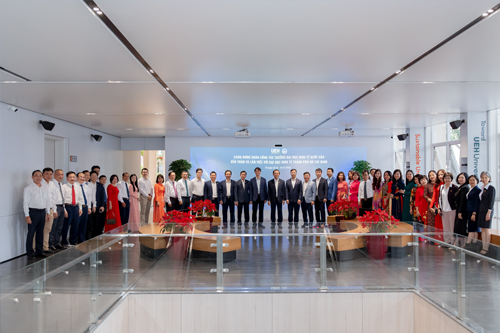
UEH Zero Waste Campus: Reuse - The Third Step in Zero Waste University Practice
In Waste Management, important issues impacting the environment are not only to process and demolish rubbish safely but also to manage greenhouse gas-generating systems. 3R Model (Reduce - Reuse - Recycle) is an effective solution for produced waste and the shortage of natural resources owing to the mass manufacture and consumption of the current civilized society. Being aware of that, UEH Zero Waste Campus Living Lab has applied 3R Model to waste management. After 2 steps, waste classification and ‘Reduce’ practice, we will together move to ‘Reuse’ - the third R in 3R Model to orientate to zero-waste lifestyle practice. This paper will provide small tips for everybody to carry out ‘Reuse’ from today.
UEH Zero Waste Practice - 3R Model
‘Reuse’ is the second R in the 3R Model in waste processing. Reusing one object means that the object will continue being valuable, useful, effective, and a substitute for other objects which may consume more water, energy, wood, oil, and other natural resources during their production. ‘Reuse’ increases their values!
‘Reuse’ is often confused with recycling, but they are actually two other approaches. ‘Reuse’ is prolonging the life of an item, it is conducted by different methods. On the other hand, recycling is transforming an item into a new one. In addition to contributing positively to reducing solid waste, many community reusing programs operated by charity organizations have provided items for disadvantaged people with low income or difficult circumstances.
Why is reusing such a crucial issue? It is simply because reusing help reduce waste more effectively than recycling by:
- Removing materials from the waste stream and generating less hazardous waste;
- Reducing the energy used to produce an item;
- Less polluting the air and water than recycling or making a new item;
- Decreasing pressure on valuable resources (e.g. fuels, forests, and water supplies, and protecting the wildlife habitat);
- Saving purchasing and processing costs;
- Creating high-quality product supplies at affordable prices.
‘Reuse’ in life
In our daily lives, diverse interesting ways to reuse products and packaging at home help reduce waste released to the environment. Below are several tips enabling you to practice reusing in your own house:
- Reusing glass, plastic, and carton boxes;
- Reusing newspapers, broken papers to package easily-broken goods or clean glass doors;
- Reusing nylon, plastic bags for trash bins;
- Reusing coffee grounds to exfoliate the skin;
- Reusing old make-up brushes as computer cleaning tools.
‘Reuse’ at the workplace
In addition to kitchens, the workplace is also a location where rubbish is produced the most. Rubbish comes from plastic lunch boxes, or straws, cups, and spoons of drinking coffee. Why don’t we reuse these objects to decrease released waste and some tips to do it are listed as:
- Encouraging bringing personal lunch boxes rather than buying;
- Reusing packaged envelopes and parcels. Anytime receiving a parcel, please do not take the contents and get rid of its cover, let make a place for saving blank covers and labels and use them to send other goods;
- Using personal and reusable cups. Encouraging staff to use cups and glasses for take-away coffee;
- Reusing old types of equipment. Some objects like soft discs can be transitioned to a special bookcase;
- Guaranteeing to reuse any kind of old electronic devices. Most computer products can be reused;
- Making use of two-sided printed papers to avoid wasting.
‘Reuse’ at UEH
Schools are places generating a large amount of waste, being aware of it, UEH Zero Waste Campus Project applies 3R Model with the aim of reducing released waste. Although the step ‘Reuse’ in 3R is small, it contributes significantly to managing waste.
- Reusing chipped ceramic cups to decorate or plant trees;
- Renting or buying old or reusable stuff with high durability;
- Using reusable bottles to contain drinking water;
- Using reusable cups and glasses to contain coffee and beverage;
- Selecting a zero-waste lunch by using personal bowls, dishes, and reusable stuff;
- Maximally reusing boxes, bottles, bags to contain personal caring products, organic detergents by refilling when they are run out.
- Classifying radically and transferring recyclable waste to plastic collectors.
Practicing ‘Reuse’ in the 3R Model helps decrease the relative amount of waste released to the environment. We can conduct these tips at our home, workplace, or schools to contribute to protecting the environment.
References:
Compiler and Editor: Department of Marketing and Communication
Specialized Consultants: Institute of Smart City and Management
Economy and Environment Institute in Southeast Asia

![[Podcast] Social policy response towards the COVID-19 pandemic in some countries (Part 2): Lessons for Vietnam](/images/upload/thumbnail/ueh-thumbnail-031128-122823.png)



